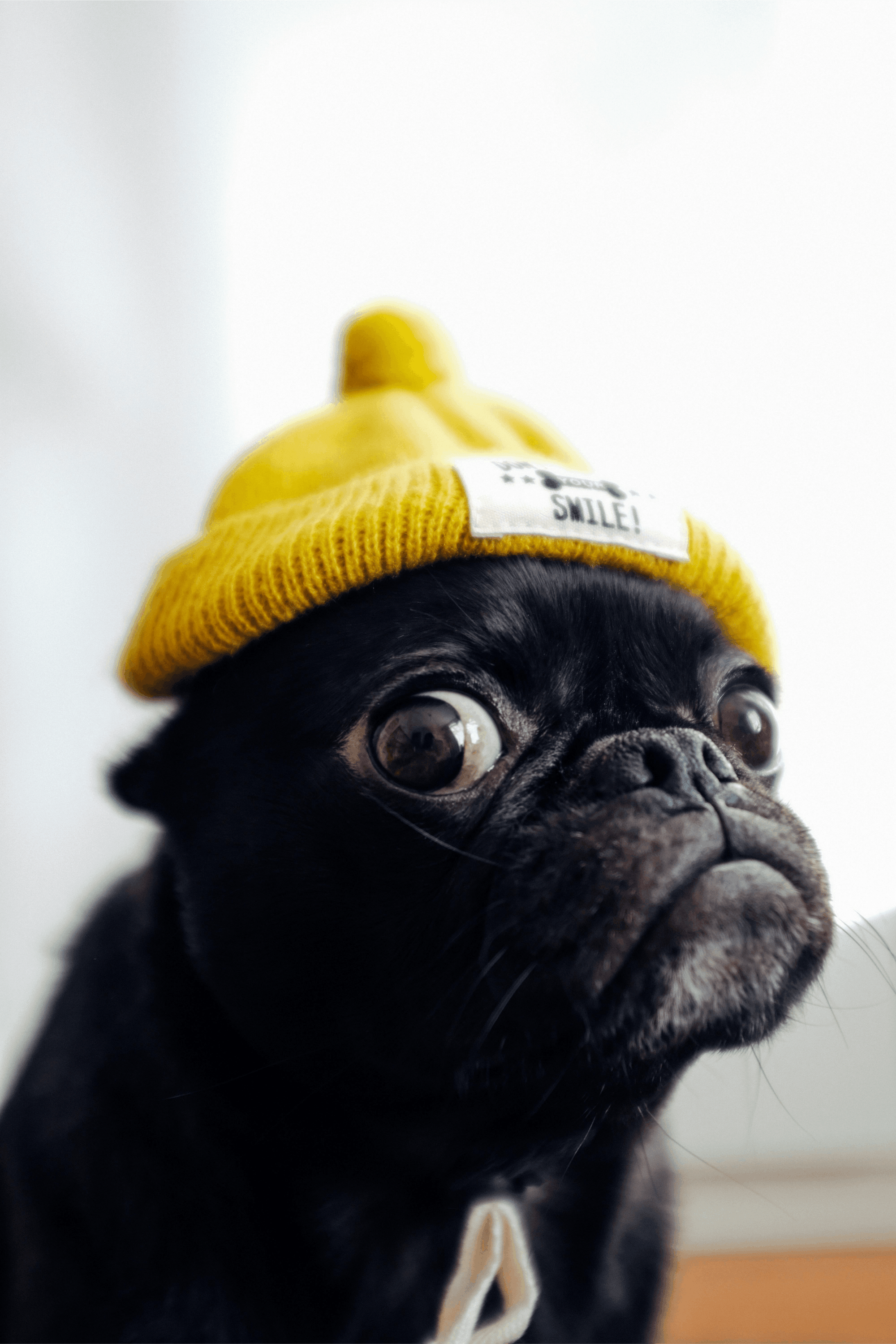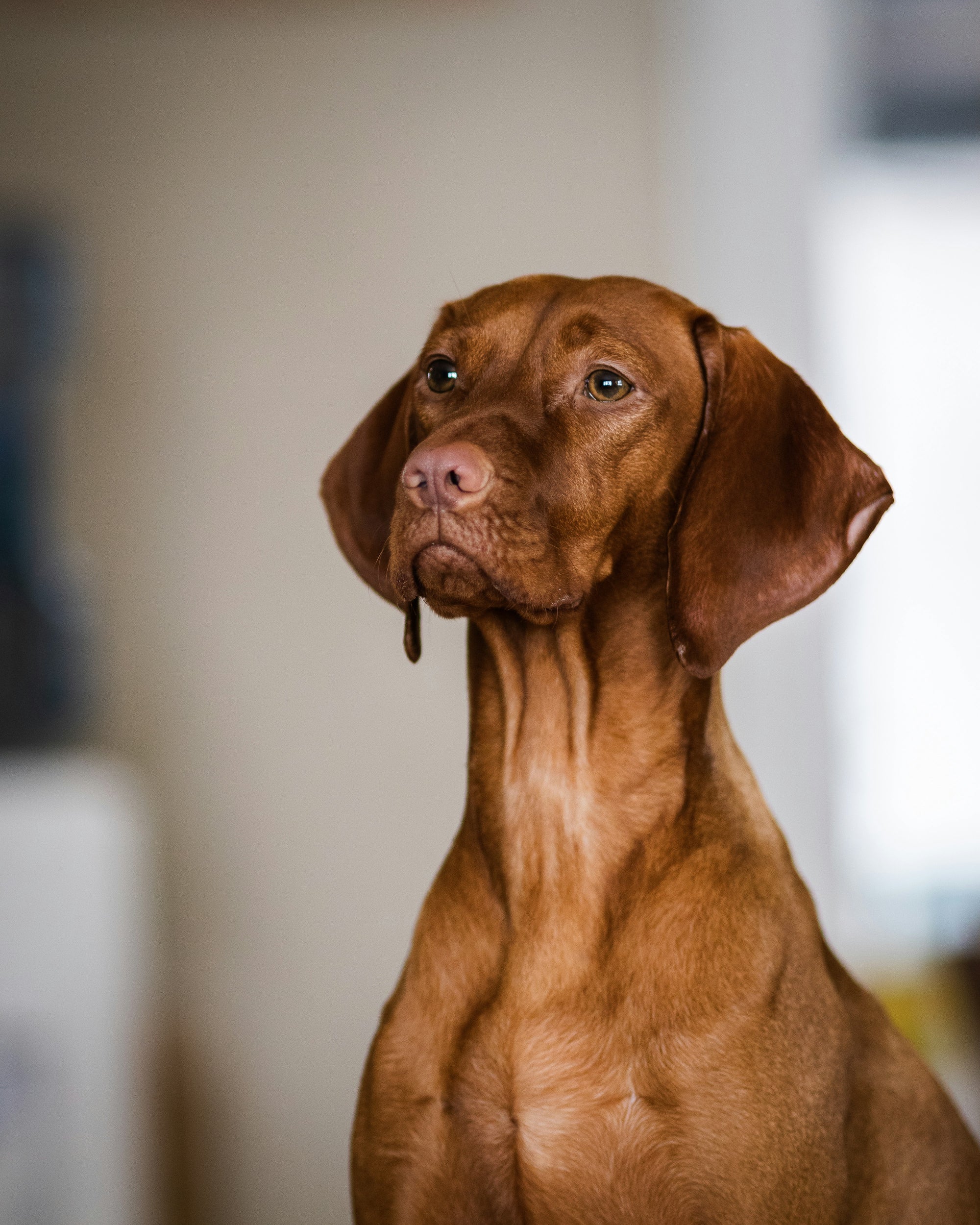Folks you're in for a doozy!
The Neapolitan Mastiff - let's begin with the word "Neapolitan" and its meaning.
A Neapolitan is a native of Naples, Italy.
Naples, Italy is a coastal metropolis and the 3rd largest metropolitan city in Italy, and as you would expect, has a rich cultural heritage.
Naples is an ancient city and even has a wall built from the Stone Age, and was part of both the Greek and Roman empires, but has had little stability since its founding.
Let's summarize by saying it was an active and important city.
The Neapolitan Mastiff was designed to protect Naples, Italy!
WOW!
That's a BIG job!
The Neapolitan Mastiff has origins in the Epirian and Macedonian breeds which were crossed with an Indian dog called a Molossus - folks the Neapolitan Mastiff is taking you back to Alexander the Great breeding program from the 4th Century BC!
During ancient times the Neapolitan Mastiff was a fierce war dog, but since the 1940s it's kept its big dog size, but it's not a huge dog like its cousin the English Mastiff; regardless, the head is intentionally bigger than the body, to give the appearance of being a vicious guard dog.
And an intimidating dog it is!
The Neapolitan Mastiff's wrinkles are predominantly on its head, but folds can occur throughout its body.
And the way a Neapolitan Mastiff moves with its slow and forceful gait, will make anybody run away!
Neapolitan Mastiffs are typically blue, but any color, other than Brindle - that's reserved for the English Mastiff, is acceptable in AKC Conformation.
The ears are cropped and the tails are docked - these modifications go back to ancient times from its war dog years, but are not necessary for show competition.
And gone is its war dog fierceness, now, while they are intuitive guard dogs, they are more adept at being a pet - couch potato.
The Neapolitan Mastiff is in the Working Group with dogs like the American breed - the Chinook, the Bavarian dog the Giant Schnauzer, and the Swiss breed - the Saint Bernard.
And of course, we'll get into those breeds in future videos, but for now, friends let's digest the Neapolitan Mastiff!
Folks, I'd be lying if I said the Neapolitan Mastiff didn't get me excited to tell you about it since it's an ancient breed originating from Alexander the Great and was the protection breed from Naples Italy, where its name originates.
And Naples Italy isn't some off-the-beaten-path destination.
Naples is the 3rd largest metropolis in Italy and still has walls built from the Stone Age, and like the Neapolitan Mastiff, it is impressive too.
The coastal metropolis was far from secluded - this was a bustling city from the get-go and needed protection from both city walls and the Neapolitan Mastiff.
Naples was conquered by both the Greek and Roman empires and its stability was constantly being challenged.
The Neapolitan Mastiff gets its traits from the Molossus of Eperius dog breed, which dates back to ancient Greece and Alexander the Great in the 4th century BC.
Alexander the Great had a breeding program where he bred the Epirian war dog and the huge Macedonian with short-haired Indian dogs to create the Molossus; and he used it to fight men, lions, tigers, and elephants!
Friends - this is not the guard dog/couch potato dog breed the Neapolitan Mastiff is today...but it sure is cool!
But, that breeding is where the size, large head, mastiff muzzle, and dewlap - the dewlap is the "loose piece" of skin under the lower jaw and neck - come from.
And let's be clear - the Neapolitan Mastiff is still a guard dog, but much less a "war" dog, now.
And while the Neapolitan Mastiff is a big mastiff, it doesn't have the size of some other Mastiffs like the even larger English Mastiff.
But if you're looking for a unique breed, the Neapolitan Mastiff with its blue coat and loose skin definitely gives off the impression of being a "different" type of dog breed.
So we know the Mastiff has an ancient lineage, but unfortunately, the big Neapolitan Mastiffs don't live long - between 7 and 9 years.
Speaking of short - the ears and tails are trimmed and like the Neapolitan Mastiff itself, these modifications go back to ancient times - but are not necessary for show conformation.
The Neapolitan Mastiff is not a quick dog, and you shouldn't be quick either, find a breeder that has the breed at heart and provides the necessary testing before adopting - you'll be glad you did.
Interestingly, the AKC only started recognizing the Neapolitan Mastiff in 2004, and the United States Neapolitan Mastiff Club began in 1996.
The Neapolitan Mastiff is a natural guard dog, and size matters when trying to intimidate and discourage an intruder - and the Neapolitan Mastiff can weigh between 110 on up depending on if it's a boy or girl.
And with a Neapolitan Mastiff's short coat, they don't require heavy grooming like a Bernese Mountain Dog; but cleaning and maintaining the skin between the folds is critical for a healthy Neapolitan Mastiff.
Again, because I don't want you to gloss over this fact - you are watching a YouTube channel called "Learn, Don't Return" because we do not want you to return a Neapolitan Mastiff due to the upkeep required.
And when you're looking to adopt a Neapolitan Mastiff consider the breeders' advice; are they breeding for a protection drive or a couch potato drive?
This distinction matters and should trump how cute and cuddly the Neapolitan Mastiff is now.
And drinking and feeding can also be a challenge for the dewlap-heavy Neapolitan Mastiff - they can't help but make a mess of things; so use floating dog bowls that will make floor cleanup faster and use 3-quart stainless bowls...these are big dogs!
And don't forget about the drool cleanup either.
Training the Neapolitan Mastiff starts fast, and they are good family dogs.
But the training will come in handy when you have visitors.
The Neapolitan Mastiff can participate in all AKC companion events.
If you needed a guard dog, would you consider the Neapolitan Mastiff your perfect choice?



